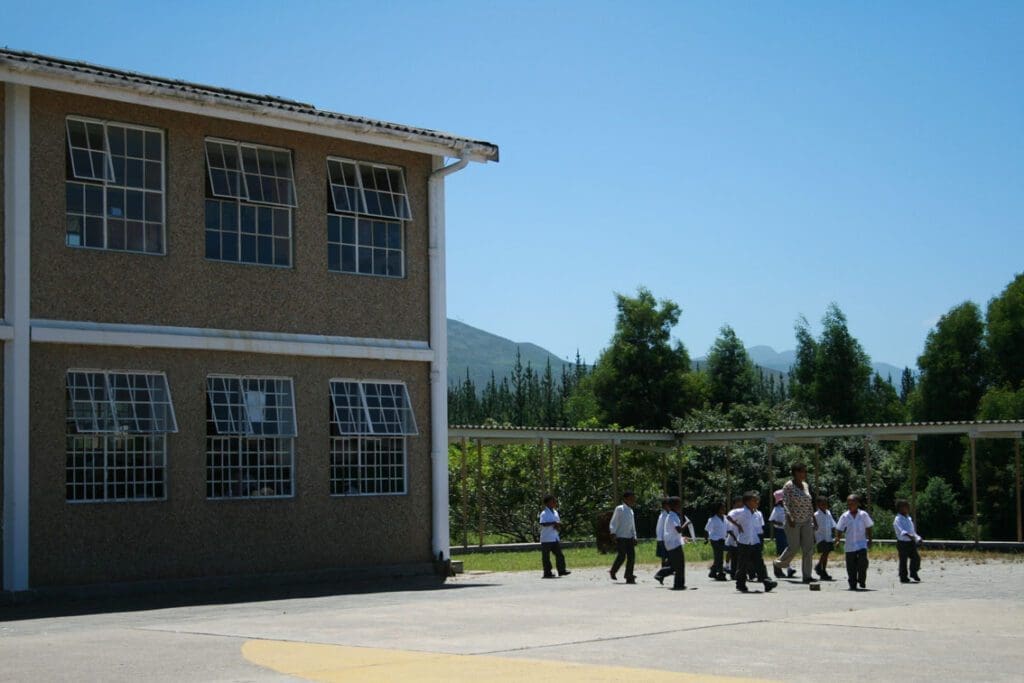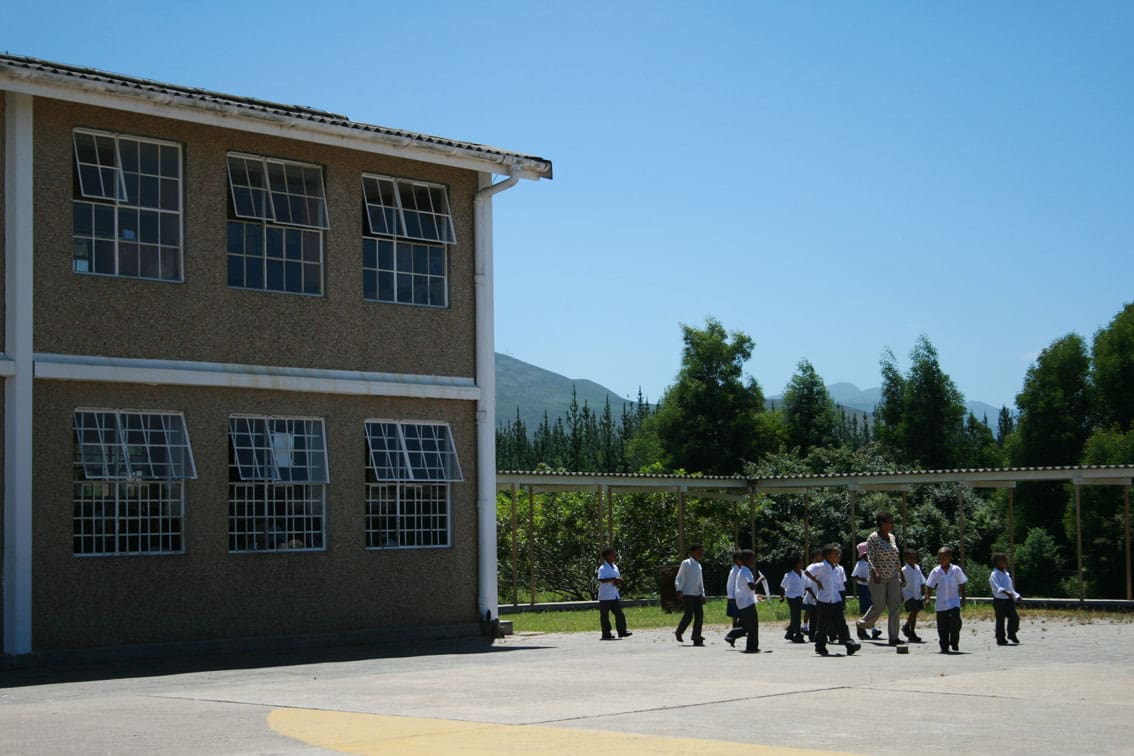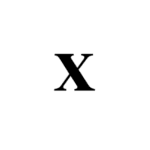Update 19 January 2024:
On the evening of the 18th of January 2024, the Minister of Basic Education Angie Motshekga, announced the 2023 National Senior Certificate (NSC) examination results. She stated that over the past 30 years, there had been “unequivocal progress in basic education.”
Motshekga said: “The 2023 NSC overall pass rate has reached the 82.9% mark (compared with 80.1% in 2022 and 76.4% in 2021) – an improvement of 2.8%, and 6.5% from the pass rates achieved by the Classes of 2022 and 2021, respectively.”
These marks represent the best-ever matric results since 1994.
“Free State, KZN and Gauteng have achieved higher % pass rates, including higher % achievements in terms of fee-paying (and North West), as well as higher performance in Technical Math, and in Bachelor passes according to fee status (and Western Cape),” she added.
“56.4% of the total number of candidates who wrote the 2023 NSC exams were girls, while 43.6% were boys. More interestingly, 82.9% of both the girls and boys passed the exams. 42% of the girls, and 39.6% of the boys, who wrote the 2023 NSC exams, attained Bachelor passes; while 26.1% of the girls, and 28.6% of the boys, attained Diploma passes. 14.8% of the girls and 14.6% of the boys, attained Higher Certificate passes. 66.4% of the distinctions were attained by female candidates.”
18 January 2024
As we eagerly wait for the Department of Education to release the 2023 national matric results, it is worth considering why this focus on the National Senior Certificate (NSC) – which grips the whole nation every mid-January – is misplaced and doesn’t actually tell the full story of education in South Africa.
Over 890,000 Gr. 12 learners wrote their final exams last year, and the final results are due to be announced on 19 January 2024. Matriculants need to pass at least three of their subjects at 40%, passing the remainder at 30% in order to pass Grade 12.
Between 2012 and 2022, the highest pass rate achieved was 80.1% for the government-issued NSC, while the lowest was 70.7%. Meanwhile, the pass rate for the Independent Education Board (IEB), which is typically associated with wealthy private schools, tends to be 99%. However, the true rate of failure in our school system is actually much worse than that. Comparing the matric pass rate to the number of learners who begin Gr 8 shows a dire picture. Data from the General Household Survey suggests that the real pass rate may be 57.9% or lower.
“Children who are in poverty find it hard to finish school,” says Tessa Dooms, director of the advocacy group Rivonia Circle. “In many rural areas, high schools are difficult to access, being as far as 10km from home.” Subject choices are also limited for learners in these schools, especially technical subject choices.
Dooms added that “vocational tracks” should be made available to school-going children – especially those who may struggle with more academic-focused subjects. “There are a host of barriers happening at that level.”
Poverty also means that many children attend school hungry or undernourished, which is a huge barrier to learning. By some estimates, as many as four out of five children in Grade 1 cannot read for meaning.
Since, by law, every child must attend school until age 15, we should be much more focused on the Grade 8 – 9 pass rate, according to Dooms.
We must focus on a functional teaching system, curriculum, and school infrastructure. The quality of teachers, teacher support, as well as learner support beyond the classroom – like getting assistance with their homework from their parents/caregivers is crucial. “Norms and standards need to be applied across the country in terms of infrastructure,” said Dooms.
“If the system is broken, it doesn’t matter what the pass mark is. Children can’t work harder in a broken system,” she said.
Why does this matter? The matric pass rate shouldn’t be the primary focus in South African schools. The focus should be on fixing what is inherently wrong with the country’s education system and working towards fixing these issues from a primary school level, as well as providing sufficient support to learners, teachers, and schools.

Image accreditation: abnat on Flickr.
- Staff Reporter
- Staff Reporter




